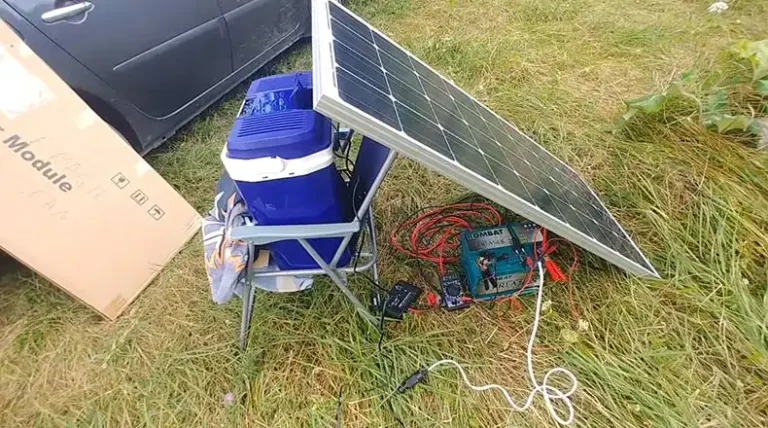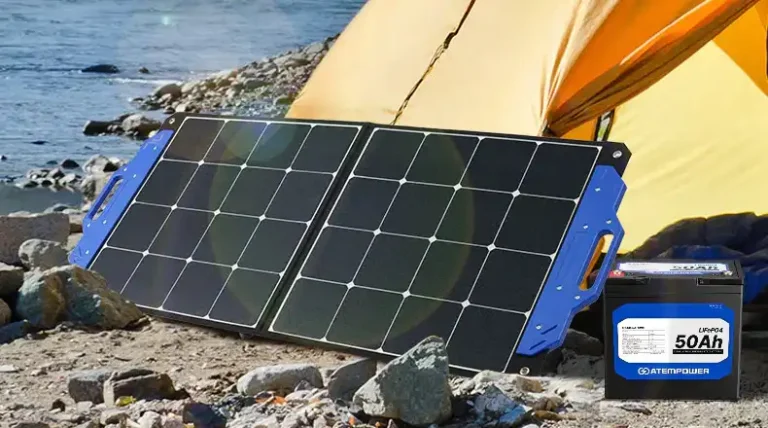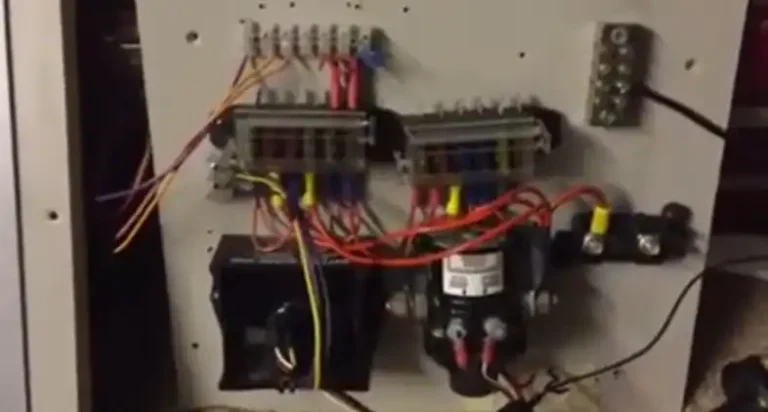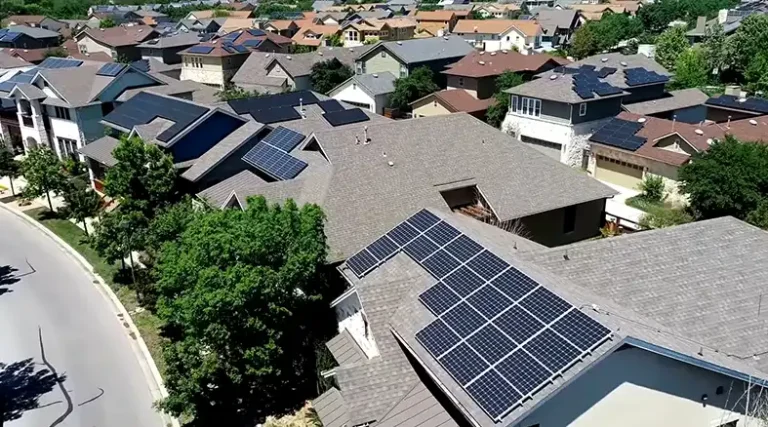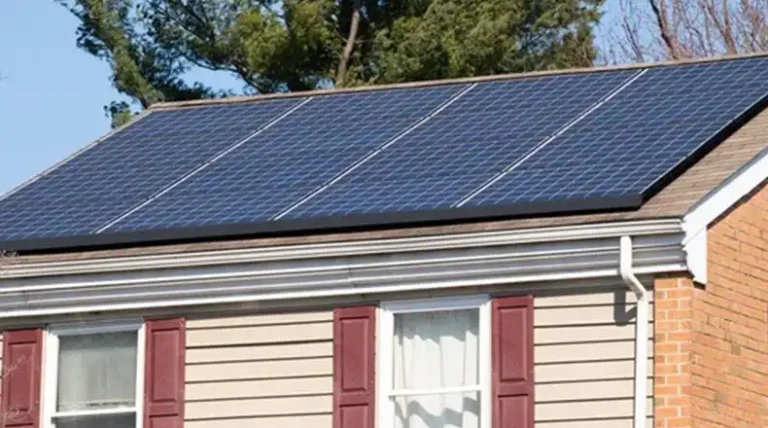Adding Battery to Solar System: Everything You Need to Know
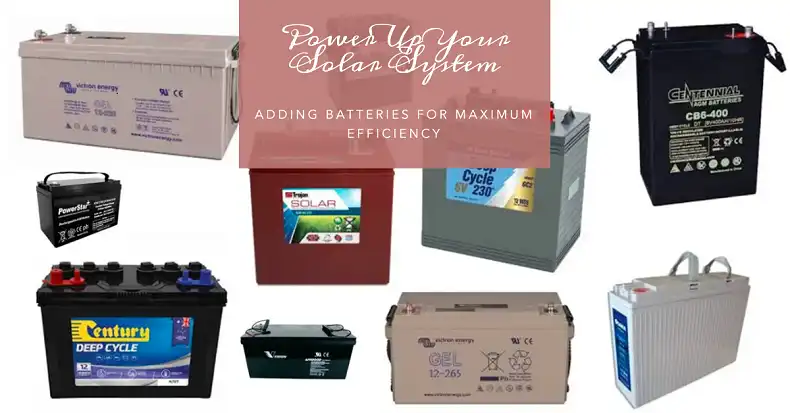
By adding a battery to your solar system, you can store surplus energy generated during the day and use it later, thus reducing reliance on the grid and providing backup power during outages. This article will get into the various aspects of adding a battery to your solar system, helping you understand its benefits, installation methods, and practical considerations.
What Are Solar Batteries
Solar batteries are essential components of solar energy systems that store energy generated by solar panels. They function by capturing excess electricity produced during peak sunlight hours and releasing it when energy demand exceeds production, such as at night or during cloudy weather.
Types of Solar Batteries
The most common types of batteries used in solar systems include:
- Lithium-ion Batteries: Known for their high energy density, long lifespan, and efficiency, lithium-ion batteries are becoming the preferred choice for many solar applications.
- Lead-acid Batteries: These are more traditional and generally cheaper upfront but have a shorter lifespan and lower efficiency compared to lithium-ion options.
Solar Battery Specifications
When considering solar batteries, it’s essential to pay attention to specifications such as capacity (measured in kilowatt-hours, kWh), depth of discharge (DoD), and cycle life. For instance, a typical lithium-ion battery might have a capacity of 10 kWh, a DoD of 80%, and a cycle life of 5,000 cycles.
Benefits of Adding Batteries to Your Existing Solar System
Integrating batteries into your solar system offers several advantages:
Energy Independence
With a battery system, you can store energy for use during peak demand times or outages, reducing your reliance on the grid. This independence is particularly valuable in areas prone to power outages or where utility rates fluctuate.
Backup Power
Solar batteries provide a reliable backup power source during outages, ensuring that essential appliances remain operational. This is crucial for households that rely on medical devices or refrigeration.
Cost Savings
By storing energy generated during the day, you can avoid purchasing electricity from the grid during peak hours, leading to significant savings on your energy bills. According to the U.S. Energy Information Administration, electricity prices can be as much as 50% higher during peak demand times.
Maximizing Solar Efficiency
Batteries allow you to utilize more of the solar energy generated by your system, rather than sending excess energy back to the grid. This not only optimizes your solar investment but also contributes to a more sustainable energy ecosystem.
How to Add Batteries to a Solar System
There are several methods to integrate batteries into your solar system, each with its advantages and considerations.
DC Coupled Systems
In a DC coupled system, solar panels connect directly to a charge controller, which then connects to the battery. This method is highly efficient because it minimizes energy loss during conversion.
How to Install:
- Install a charge controller that can handle the battery’s voltage and capacity.
- Connect the solar panels to the charge controller.
- Connect the charge controller to the battery.
- Link the battery to the inverter to supply power to your home.
AC Coupled Systems
AC coupled systems involve connecting the solar panels to an inverter, which converts DC power to AC power. The battery connects to a separate inverter that can operate independently of the grid.
How to Install:
- Install an additional inverter compatible with the battery.
- Connect the solar panels to the main inverter.
- Connect the battery to the secondary inverter.
- Link the secondary inverter to your home’s electrical panel.
Storage-Ready Systems
If your solar system was designed with battery integration in mind, it is referred to as a “storage-ready” system. This setup simplifies the addition of batteries, often requiring minimal adjustments.
How to Install:
- Ensure the inverter is compatible with battery storage.
- Connect the battery to the designated terminals on the inverter.
- Configure the system settings to optimize battery usage.
Things You Need to Consider Before Adding Batteries to a Solar System
Before proceeding with the installation of batteries, consider the following:
Compatibility
Ensure that the battery is compatible with your existing solar inverter. Some inverters are designed specifically for battery integration, while others may require additional components.
Energy Needs Assessment
Evaluate your energy consumption patterns to determine the appropriate battery capacity. For instance, a household with high energy usage may require a larger battery bank compared to a smaller home.
Local Regulations and Incentives
Research local regulations regarding battery storage systems and any available incentives. Many regions offer tax credits or rebates for solar battery installations, which can significantly offset costs.
Cost Analysis
The upfront cost of adding batteries can be substantial, often ranging from $5,000 to $15,000 depending on the system size and battery type. However, the long-term savings on energy bills can justify this investment.
Other Frequent Queries
Can I Add a Battery to My Existing Solar System?
Yes, in most cases, you can add a battery to an existing grid-tied solar system. However, the level of difficulty depends on whether your system was designed with the intention to integrate batteries in the future.
Is It Worth Adding Batteries to Solar Panels?
Adding batteries to your solar system can provide several benefits, such as improved energy independence, backup power during outages, cost savings through time-of-use management, and maximizing solar efficiency by storing excess energy. However, the upfront cost can be substantial, ranging from $5,000 to $15,000 depending on the system size and battery type.
How Much Does It Cost to Add a Battery to an Existing Solar System?
The cost to add a battery to an existing solar system can vary depending on the battery capacity, type, and installation requirements. For example, adding a Tesla Powerwall to a 3kW solar system would cost around $14,600 plus installation.
Can I Connect a Battery Directly to Solar Panels?
Yes, you can connect a battery directly to solar panels in a DC coupled system. In this configuration, the solar panels are connected to a charge controller, which then connects to the battery. This method is highly efficient as it minimizes energy loss during conversion.
Can I Add Batteries to My Inverter?
Yes, you can add batteries to your inverter in a hybrid or AC coupled system. In this setup, the solar panels are connected to an inverter, which converts DC power to AC power. The battery connects to a separate inverter that can operate independently of the grid.
What Is the Lifespan of a Solar Battery?
The lifespan of a solar battery depends on the type and usage patterns. Lithium-ion batteries typically have a warranty of around 10 years, while lead-acid batteries may have a shorter lifespan. Proper maintenance and care can help extend the battery’s life.
Bottom Line
Adding a battery to your solar system is a strategic move towards energy independence and sustainability. By understanding the benefits, installation methods, and considerations involved, you can make an informed decision that enhances your solar energy experience. Whether you are looking to reduce your electricity bills, ensure backup power during outages, or simply maximize the efficiency of your solar setup, integrating batteries is a step in the right direction.

